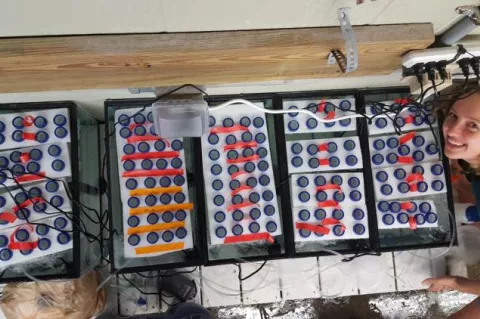Denmark: Marine Archaeology
Trading and transport by sea goes back to prehistoric times. Stone Age settlements and canoes, Viking ships, medieval cogs, fluyts, tall ships, warships, defence systems, jetties, harbour installations and aircraft wrecks—Denmark has got it all.







